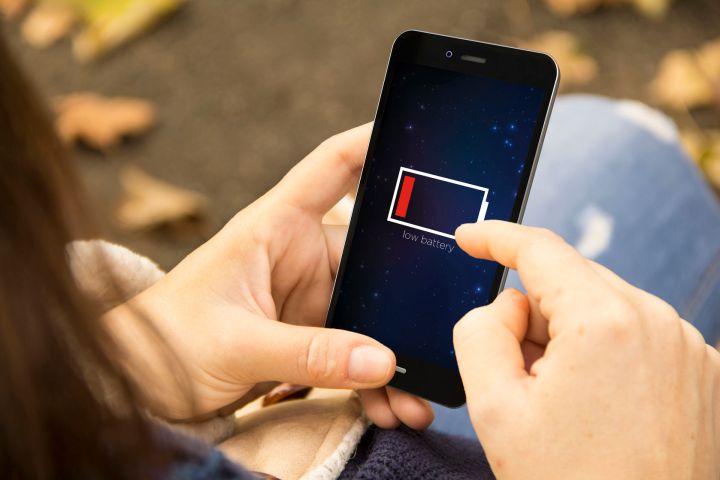
These options, while certainly useful, of course aren’t ideal. While plenty of tech firms are trying their hardest to develop more powerful battery technology, UK-based Intelligent Energy claims it’s taken some big strides, creating a breakthrough fuel cell small enough to fit inside a smartphone yet powerful enough to keep it running for a full week. And it could be rolled out within two years.
One unnamed “emerging” smartphone maker is so convinced by Intelligent Energy’s technology that it’s backing its continued development to the tune of $7.6 million, Bloomberg reported Monday.
Commenting on its work, Intelligent Energy’s Julian Hughes said, “We believe embedding fuel cell technology into portable devices provides a solution to the current dilemma of battery life and with consumers demanding more and more from their phones, battery innovation has not kept up.”
Hughes said his firm offers “a solution that is clean and efficient and means consumers could be truly mobile and free from the constraints of the grid.”
The environmentally friendly fuel cell technology creates power by combining hydrogen and oxygen. Curiously, a number of reports over the last two years suggested Intelligent Energy was working closely with Apple on a similar technology, though any partnership has never been confirmed.
The British technology company is also known to have developed a prototype fuel cell solution based on an iPhone. Speaking to the Telegraph last year, Intelligent Energy CEO Henri Winand said his engineers “managed to make a fuel cell so thin we can fit it to the existing chassis without alterations and retaining the original battery.”
The only design change required was the addition of some tiny vents on the back of the phone to allow waste water vapor and heat to escape.
Pulling all the reports together, it seems Intelligent Energy has pretty much nailed the technology, and appears to now be in the process of refining it prior to commercialization.
“With consumer power demands increasing and the advent of the ‘Internet of Things’ making the world more connected than ever, now is the time to address the biggest limitation we have in achieving true connectivity – battery life,” Julian Hughes said. Let’s hope Intelligent Energy can soon deliver on what it seems to have been promising for a while now. We’ll certainly all thank it if it does.


